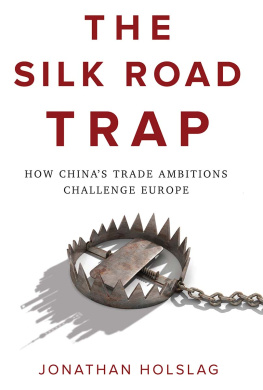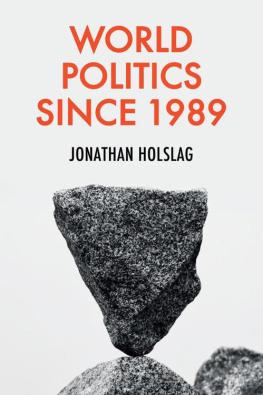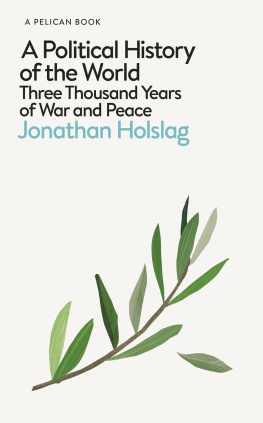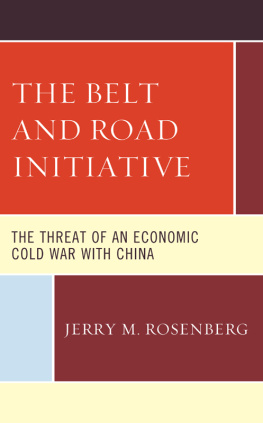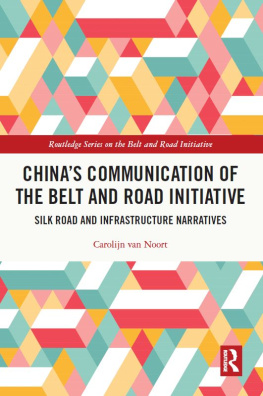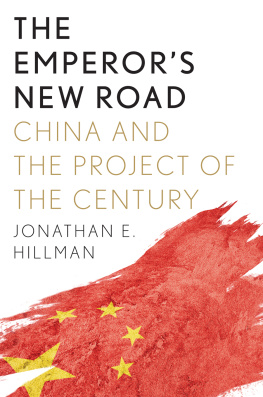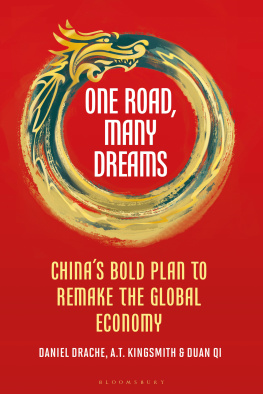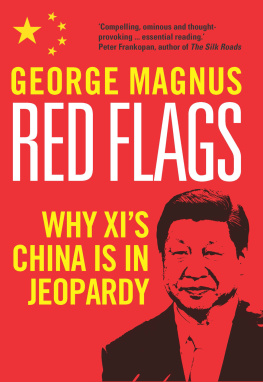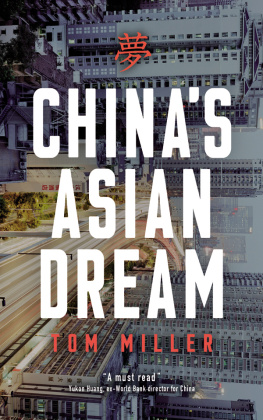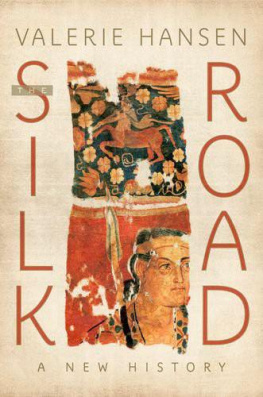Contents
Tables
- Composition of Chinas GDP (%).
- The dependence of Chinas manufacturing sector on exports.
- Europes current account with China (billion euro).
- Investment regime in China and Europe.
- Chinese and EU exports to third countries vs competitiveness indicators.
- EU28 total external trade and net exports of goods, services and royalties (billion Euros average 20102014).
- Chinas impact on three factors that influence GDP growth.
- 'Made in China 2025' priority sectors.
- R&D spending in manufacturing (BERD, US$ billion ppp).
- Presence of Mainland Chinese speakers (CN), European speakers with a track record of pro-China opinions (EUCN) and other European speakers (EU).
- Assets of largest Chinese banks compared with the World Bank and the European Investment Bank (US$ billion, rounded).
- Chinas steel industry and the expected change after reform (million MT).
- Selected credit lines of Chinese state banks to renewable energy producers (US$ billion).
Figures
- Indicators of investment flows in the Chinese economy.
- Chinese exports of manufactured goods: foreign and other companies (US$ billion).
- Chinese exports to developed and developing countries (US$ billion).
- Evolution of Chinas net exports of raw materials and manufactured goods after the year of entry into force of FTA (US$ billion).
- 2016 disbursements of export credit and concessional loans by China and OECD countries (US$ billion).
- EU Extra-EU 28 and Chinese steel and steel product exports (US$ billion).
- EU external and Chinese construction services exports (US$ billion).
- EU external and Chinese exports of semiconductors (US$ billion).
- Summary of Chinas foreign economic policy.
Boxes
- How China creates its industrial champions: The case of Huawei.
- Example of a package deal.
Guide
Pages

The Silk Road Trap
How Chinas Trade Ambitions Challenge Europe
Jonathan Holslag
polity
Copyright Jonathan Holslag 2019
The right of Jonathan Holslag to be identified as Author of this Work has been asserted in accordance with the UK Copyright, Designs and Patents Act 1988.
First published in 2019 by Polity Press
Polity Press
65 Bridge Street
Cambridge CB2 1UR, UK
Polity Press
101 Station Landing
Suite 300
Medford, MA 02155, USA
All rights reserved. Except for the quotation of short passages for the purpose of criticism and review, no part of this publication may be reproduced, stored in a retrieval system or transmitted, in any form or by any means, electronic, mechanical, photocopying, recording or otherwise, without the prior permission of the publisher.
ISBN-13: 978-1-5095-3470-8
A catalogue record for this book is available from the British Library.
The publisher has used its best endeavours to ensure that the URLs for external websites referred to in this book are correct and active at the time of going to press. However, the publisher has no responsibility for the websites and can make no guarantee that a site will remain live or that the content is or will remain appropriate.
Every effort has been made to trace all copyright holders, but if any have been overlooked the publisher will be pleased to include any necessary credits in any subsequent reprint or edition.
For further information on Polity, visit our website: politybooks.com
A call for economic realism
In April 2018, I was invited to The Hague, the Netherlands, to exchange views with officials about what remains one of the largest and most ambitious schemes of economic diplomacy in world history: the Belt and Road, Chinas twenty-first-century highway to global economic leadership. My interlocutors were concerned about this new Silk Road, its impact on Dutch companies, the possibility of China using it to advance political influence, the likelihood that this state-driven project would challenge the liberal trade order, and that it might encourage the nationalists in the administration of Donald Trump to turn their backs on free trade altogether. While I was talking in The Hague, officials in Brussels were preparing a joint statement that criticized Chinas new Silk Road for excessively benefiting Chinese state-owned enterprises (SOEs). After a period of great enthusiasm about the new Silk Road, Europe seemed to be having second thoughts. Yet, that very same day, the Dutch Prime Minister, on an official visit to Beijing, claimed that the Belt and Road was a good thing and that the Netherlands was ready to join it. About a year earlier, I had a similar experience in Poland. There as well, representatives of different ministries and intelligence services showed themselves critical towards Chinas new Silk Road and the consequences for Polish manufacturers, but also then, the Prime Minister praised it during a visit to China.
For a long time, it was not possible to have frank conversations about Chinas economic rise, even behind closed doors. Just questioning whether Chinas rise was really good for Europe was often perceived as cursing in church. Is it not evident, the response was, that the success of another major economy is positive for European countries? Should we not be grateful and humble as Europeans, praise China for lifting hundreds of millions of citizens out of poverty, and was China not to become an infinite source of opportunities for companies? I recollect a meeting with ambassadors of the Member States in Brussels during which the common view was that Europe need not worry about Chinas progress, but should become a part of it. In several cities that I visited, I saw large European firms publicizing the Belt and Road, through billboards in airports, advertisements in newspapers and sponsoring dedicated events. The Chinese government, meanwhile, eagerly encouraged this enthusiasm. At the time of writing this book, the centre of Brussels was lit with vast Chinese lanterns, part of the Ministry of Foreign Affairs Cultural Silk Road programme. Initially, I was told, the Chinese Embassy even asked to decorate the vast bulbs of the Atomium monument that tower above the Royal Palace. My attention was caught by an article in The Telegraph, a large British newspaper, that enthusiastically reported how British banks were working with Chinese financiers to back Belt and Road projects. The story, I read below the article, was provided by the Chinese state-controlled China Daily.
These are just a few cases of Europes difficulty in getting to grips with Chinas economic rise. While the new Silk Road poses new challenges, trade with China has been at the top of Europes international agenda for a while. Germany and France were among the first to seek a so-called special relationship with China, the one country expecting opportunities for, among others, its car industry, the other to sell Airbus airliners. In the wake of the European debt crisis, since 2009, companies and governments have rushed to attract Chinese investment: southern European countries frustrated about the alleged lack of solidarity from the rich European countries in the north, eastern Member States assuming that close relations with China would allow them to strengthen their position towards Member States in the west. After British citizens voted to leave the European Union, China, more than ever before, came to be seen as an alternative source of capital. For over two decades we were told that the rise of China would be good for Europe. It was explained by officials and business leaders alike that the more the vast Chinese economy opened up to the world, the more foreign companies would profit, that the burgeoning Chinese consumer market would bring about more export opportunities, and that this would all benefit European economic growth.

